Rock-Cut Tomb Of Pennut, Viceroy Of Nubia Under Reign Of Ramses VI
A. Sutherland - AncientPages.com - Many ancient monuments have been rescued from rising waters of powerful Nile River.
One of them is rock cut 'Tomb of Pennut', which is situated in Aneiba (Aniba), Lower Nubia, approximately 140 miles south of Aswan, in the south of Egypt.
In the 1970s some of the best and most colourful of the scenes were stolen. Tomb of Pennut. Lake Nasser, Egypt. Image credit: Dennis Jarvis - CC BY-SA 2.0 DEED
Today, Aneiba (or Mi’am) does not exist. It was flooded by the Lake Nasser but in times of Ramses VI, it was an important administrative center of Lower Nubia and the seat of governor and higher officials. The city's Horus temple dates back to the Middle Kingdom. The cult of Horus of Mi'am was not limited to his city but like all other Horus it was widespread throughout Nubia.
The current location of the tomb of Pennut is on the shore of Lake Nasser, on the site of the new Amada.
Pennut, Viceroy of Kush was a prominent figure also known as “King’s Son of Kush”. This prominent Egyptian official lived at the time of Ramses VI (1143-1136 BC) and was supervisor of the province of Aneiba, the seat of governor and higher officials.
Egyptologist Professor George Steindorff (1861-1951) found the tomb during the excavations at the second raising of the Aswan Dam.
While studying the tomb, he found that Pennut served under Ramses VI, the fifth ruler of the Twentieth Dynasty of Egypt. His office was “Deputy of Wawat”, Chief of the Quarry Service” and Steward of Horus, Lord of Mi’am” and he was an important Nubian figure.
See also:
Taharqa – The Most Powerful Of The Black Pharaohs
Ancient Great City Of Napata In The Kingdom Of Kush
Two of his relatives also held high positions of “Treasurer of the Lord of Two Lands of Mi’am” and another was “Scribe of the white House and Mayor of M’am”.
However, their tombs have never been discovered.
The tomb of Pennut, a small, well-preserved structure with the entrance leading into a chamber 6.5 m (21ft) wide by 2.8 m (9ft) deep).
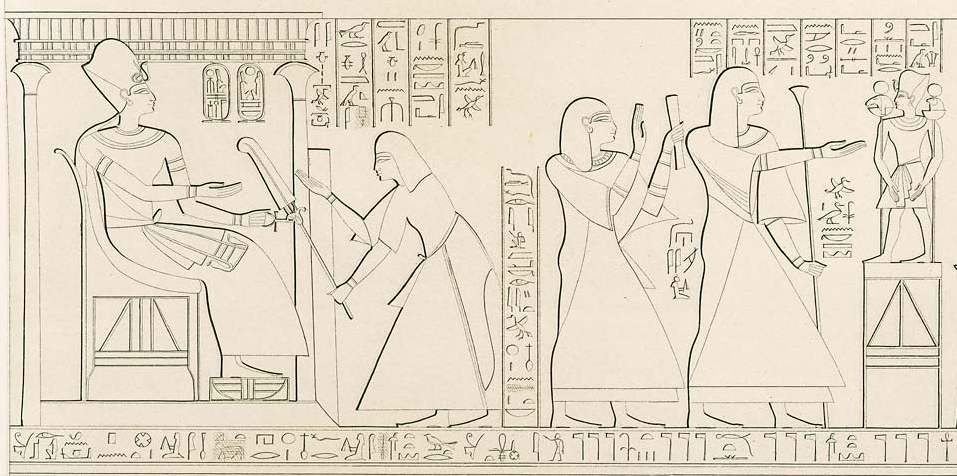
King's Son of Kush depicted in the tomb of Pennut in Aniba. Dates to the 20th dynasty. Ramesses VI. From Lepsius Denkmaler Abt 3, Band 7, Page 230
The tomb of Pennut (with a small offering chapel and a niche at the rear) was found decorated with the cartouches of the Pharaoh Ramses VI, carved on the walls of the chapel and many reliefs depicting how the Viceroy and members of his family used to adore various gods in front of other officials, and other important events and personalities from the Viceroy’s life.
One relief in his tomb shows Pennut himself receiving the gifts from Ramses VI form of two silver vessels.
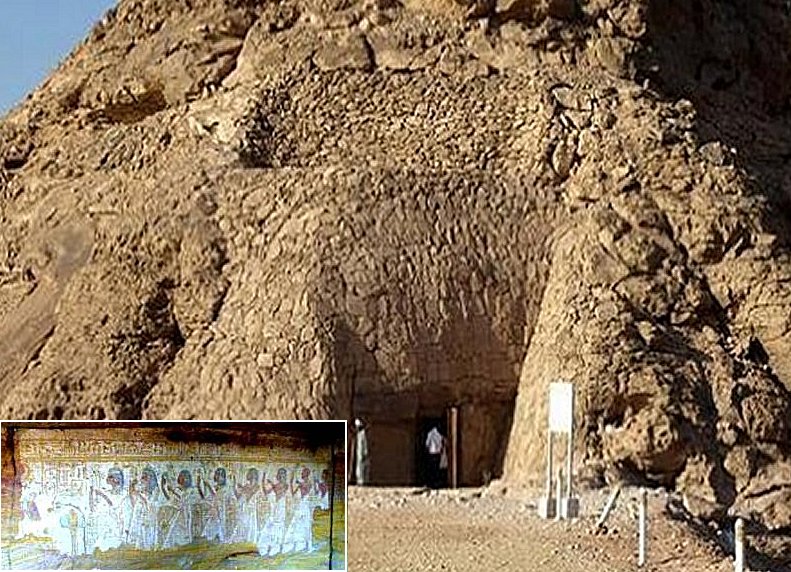
The tomb of Pennut was rescued by UNESCO's project, it presently is located opposite Qasr Ibrim, some 25 miles away from its original site.
There are also scenes associated with the afterlife. The tomb has several well-preserved and informative inscriptions.
Although very old, Pennut’s tomb is not only beautiful but also famous for its inscriptions authored by Pennut. The inscriptions give us a picture of the Nubian official’s life including records of the boundaries, offerings and presents given to Ramses VI.
In the tomb, there is also text recording Pennut’s donation of a statue of Ramses VI to the temple of Horus in Aneiba and funding made by him on behalf of agricultural lands.
Written by – A. Sutherland - AncientPages.com Senior Staff Writer
Copyright © AncientPages.com All rights reserved. This material may not be published, broadcast, rewritten or redistributed in whole or part without the express written permission of AncientPages.com
Expand for referencesReferences:
Török L. The Kingdom of Kush
N. D. Harkless, Nubian Pharaphs and Meroitic Kings
Altenmüller H. Studien zur Altägyptischen Kultur, Volym 31
More From Ancient Pages
-
 Delphic Mysteries – Extraordinary Encounter At An Ancient Temple – Part 2
Featured Stories | Apr 3, 2023
Delphic Mysteries – Extraordinary Encounter At An Ancient Temple – Part 2
Featured Stories | Apr 3, 2023 -
 What Was The Danelaw?
Ancient History Facts | Jun 4, 2016
What Was The Danelaw?
Ancient History Facts | Jun 4, 2016 -
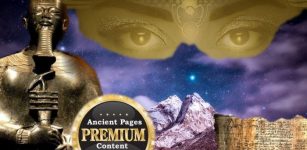 Antediluvian Sacred Tablets And Rare Manuscript Reveal Secret Ancient Egyptian Knowledge
Featured Stories | Apr 13, 2018
Antediluvian Sacred Tablets And Rare Manuscript Reveal Secret Ancient Egyptian Knowledge
Featured Stories | Apr 13, 2018 -
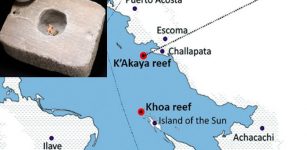 Stone Box With Ancient Shell Llama Offering Found In Lake Titicaca
Archaeology | Aug 4, 2020
Stone Box With Ancient Shell Llama Offering Found In Lake Titicaca
Archaeology | Aug 4, 2020 -
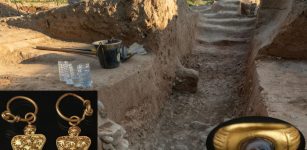 Magnificent Etruscan Underground Burial With Beautiful Artifacts Discovered In Aleria-Lamajone, France
Archaeology | May 13, 2022
Magnificent Etruscan Underground Burial With Beautiful Artifacts Discovered In Aleria-Lamajone, France
Archaeology | May 13, 2022 -
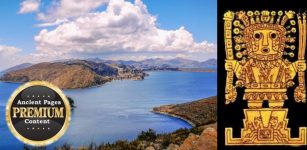 Sacred And Mysterious Lake Titicaca Still Holds Many Ancient Secrets
Featured Stories | Jul 13, 2017
Sacred And Mysterious Lake Titicaca Still Holds Many Ancient Secrets
Featured Stories | Jul 13, 2017 -
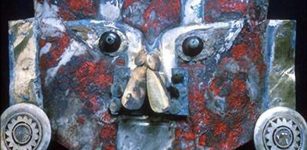 Red Paint On 1,000-Year-Old Gold Mask From Peru Contains Human Blood Proteins
Archaeology | Nov 1, 2021
Red Paint On 1,000-Year-Old Gold Mask From Peru Contains Human Blood Proteins
Archaeology | Nov 1, 2021 -
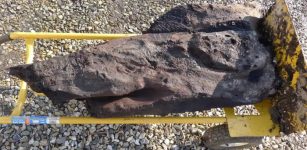 Surprising Discovery Of Oldest Decoratively Carved Wood In Britain
Archaeology | Jun 7, 2023
Surprising Discovery Of Oldest Decoratively Carved Wood In Britain
Archaeology | Jun 7, 2023 -
 On This Day In History: Supernova Observed In The Constellation Cassiopeia Was Recorded – On August 4, 1181
News | Aug 4, 2016
On This Day In History: Supernova Observed In The Constellation Cassiopeia Was Recorded – On August 4, 1181
News | Aug 4, 2016 -
 Climate Change Behind Early Human Migration To The Americas At Key Intervals – Scientists Say
Archaeology | Feb 17, 2023
Climate Change Behind Early Human Migration To The Americas At Key Intervals – Scientists Say
Archaeology | Feb 17, 2023 -
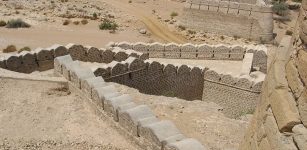 Great Wall Of Gorgan: One Of The World’s Most Sophisticated Frontier Walls Ever Built Is Now Examined
Archaeology | Dec 26, 2017
Great Wall Of Gorgan: One Of The World’s Most Sophisticated Frontier Walls Ever Built Is Now Examined
Archaeology | Dec 26, 2017 -
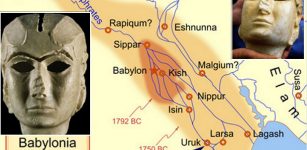 Sumerian ‘Mask Of Warka’ From Uruk: Sculptured Face May Depict Goddess Inanna
Featured Stories | Sep 15, 2016
Sumerian ‘Mask Of Warka’ From Uruk: Sculptured Face May Depict Goddess Inanna
Featured Stories | Sep 15, 2016 -
 Feud Between The Medici And The Borgia Families – What Caused The Renaissance Clash?
Featured Stories | Mar 5, 2019
Feud Between The Medici And The Borgia Families – What Caused The Renaissance Clash?
Featured Stories | Mar 5, 2019 -
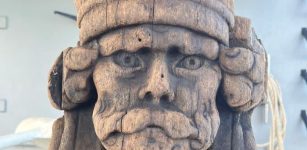 Unique Statue Of Warrior Wearing A Phrygian Cap Accidently Discovered By Dutch Fishermen
Archaeology | Aug 2, 2022
Unique Statue Of Warrior Wearing A Phrygian Cap Accidently Discovered By Dutch Fishermen
Archaeology | Aug 2, 2022 -
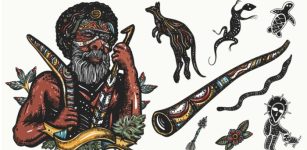 Oral Stories Of Australia’s First Nations Might Be 10,000 Years Old – Evidence Found
Archaeology | Aug 2, 2023
Oral Stories Of Australia’s First Nations Might Be 10,000 Years Old – Evidence Found
Archaeology | Aug 2, 2023 -
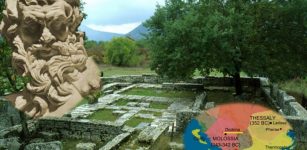 Oldest Greek Oracle At Dodona And Zeus Sacred Oak Tree – Where Oracle of Dodona: Sacred Place Where Gods Spoke To Humans For The First Time
Featured Stories | May 24, 2016
Oldest Greek Oracle At Dodona And Zeus Sacred Oak Tree – Where Oracle of Dodona: Sacred Place Where Gods Spoke To Humans For The First Time
Featured Stories | May 24, 2016 -
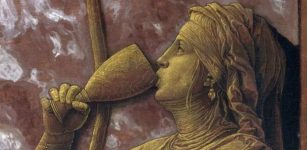 What Happened To Drunken Women In Ancient Rome?
Featured Stories | Aug 30, 2023
What Happened To Drunken Women In Ancient Rome?
Featured Stories | Aug 30, 2023 -
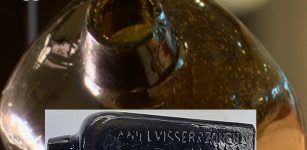 Message In A Bottle Thrown Overboard In Germany 132 Years Ago Was Found In Australia
Archaeology | Mar 8, 2018
Message In A Bottle Thrown Overboard In Germany 132 Years Ago Was Found In Australia
Archaeology | Mar 8, 2018 -
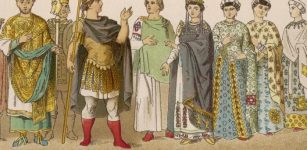 Justinianic Plague: Modeling Study Challenges Death Rate And Severity Of Infectious Disease
Archaeology | May 4, 2020
Justinianic Plague: Modeling Study Challenges Death Rate And Severity Of Infectious Disease
Archaeology | May 4, 2020 -
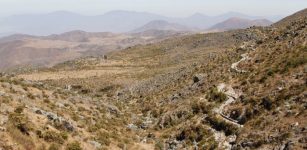 Ancient Irrigation System Could Boost Water Availability In Peru
Archaeology | Jun 26, 2019
Ancient Irrigation System Could Boost Water Availability In Peru
Archaeology | Jun 26, 2019


